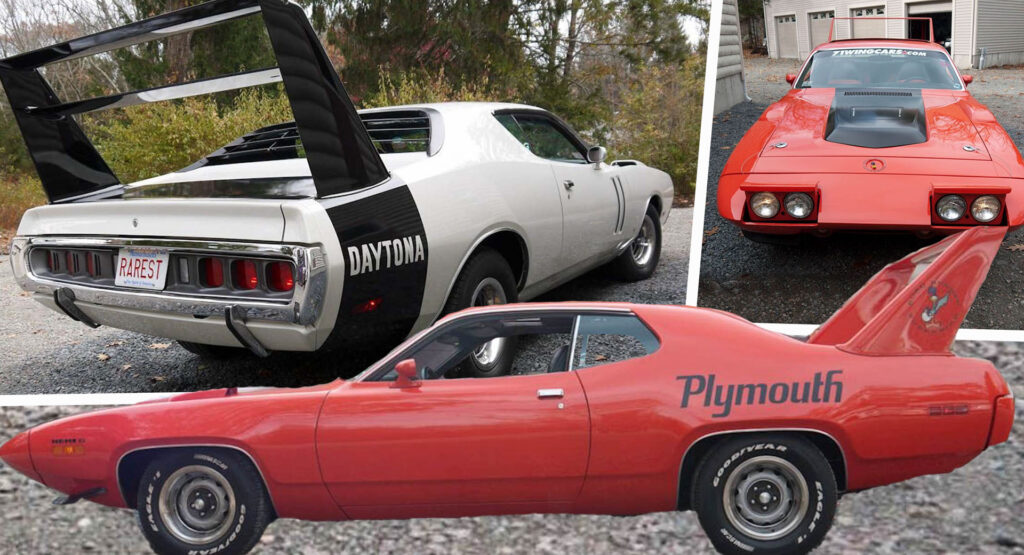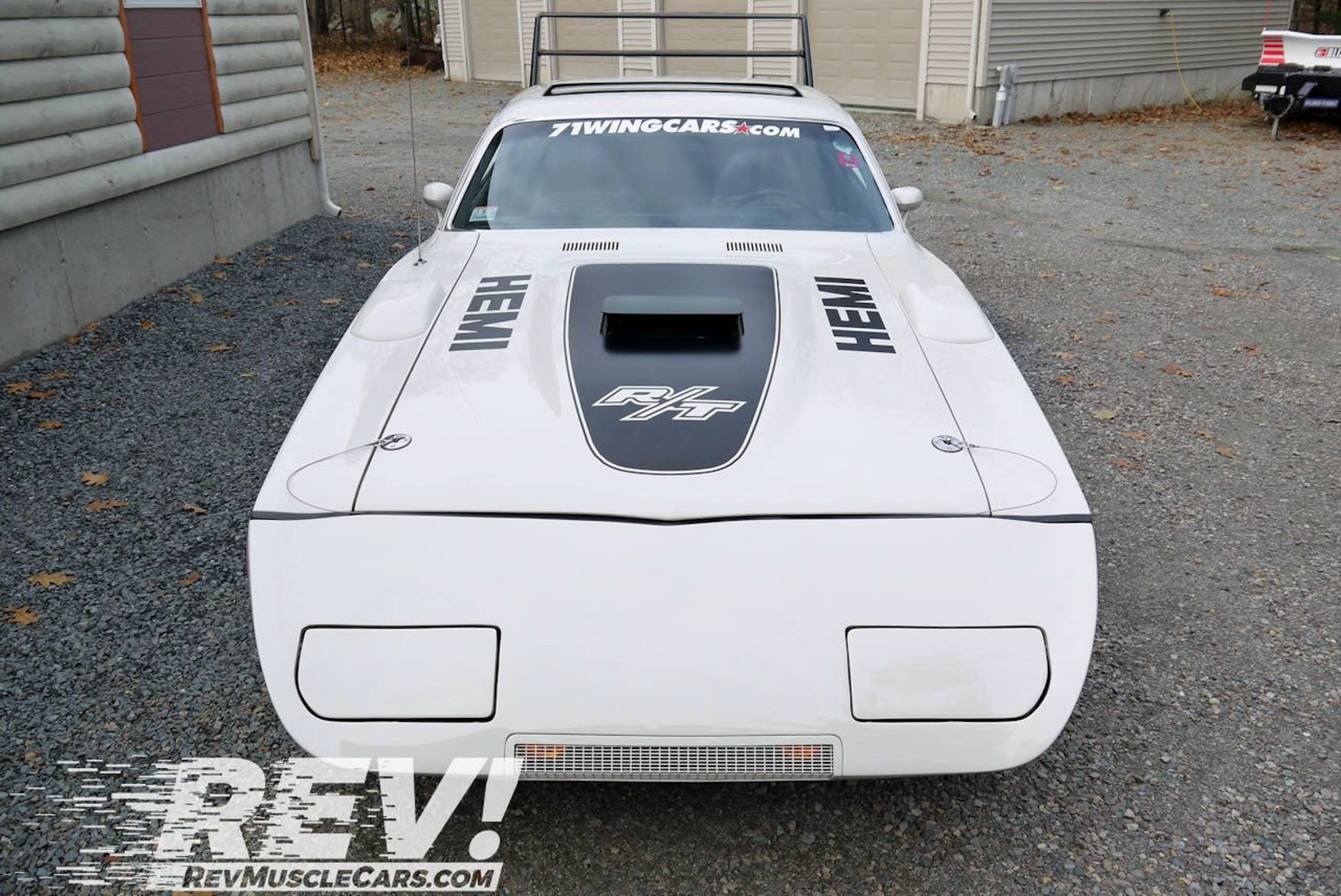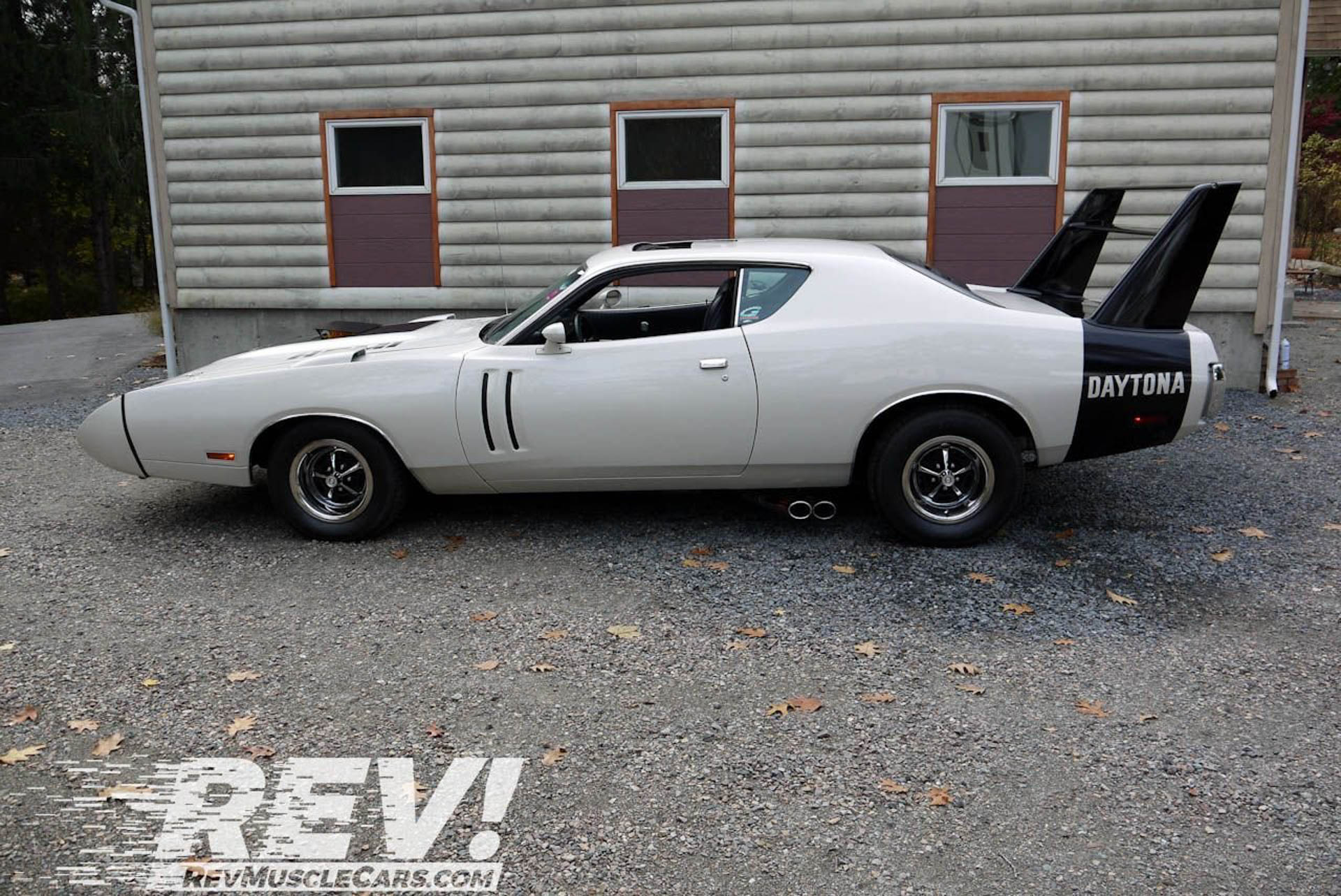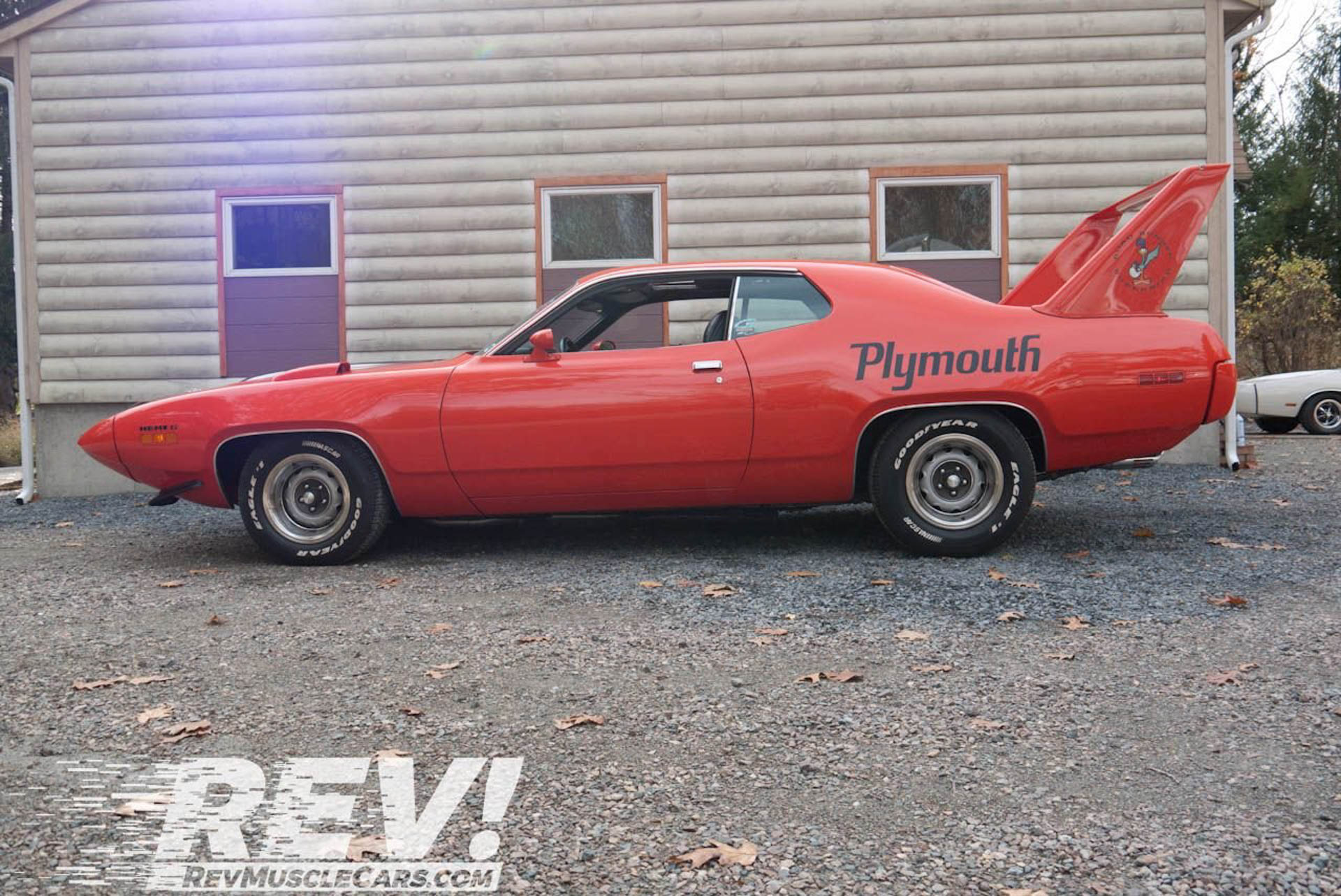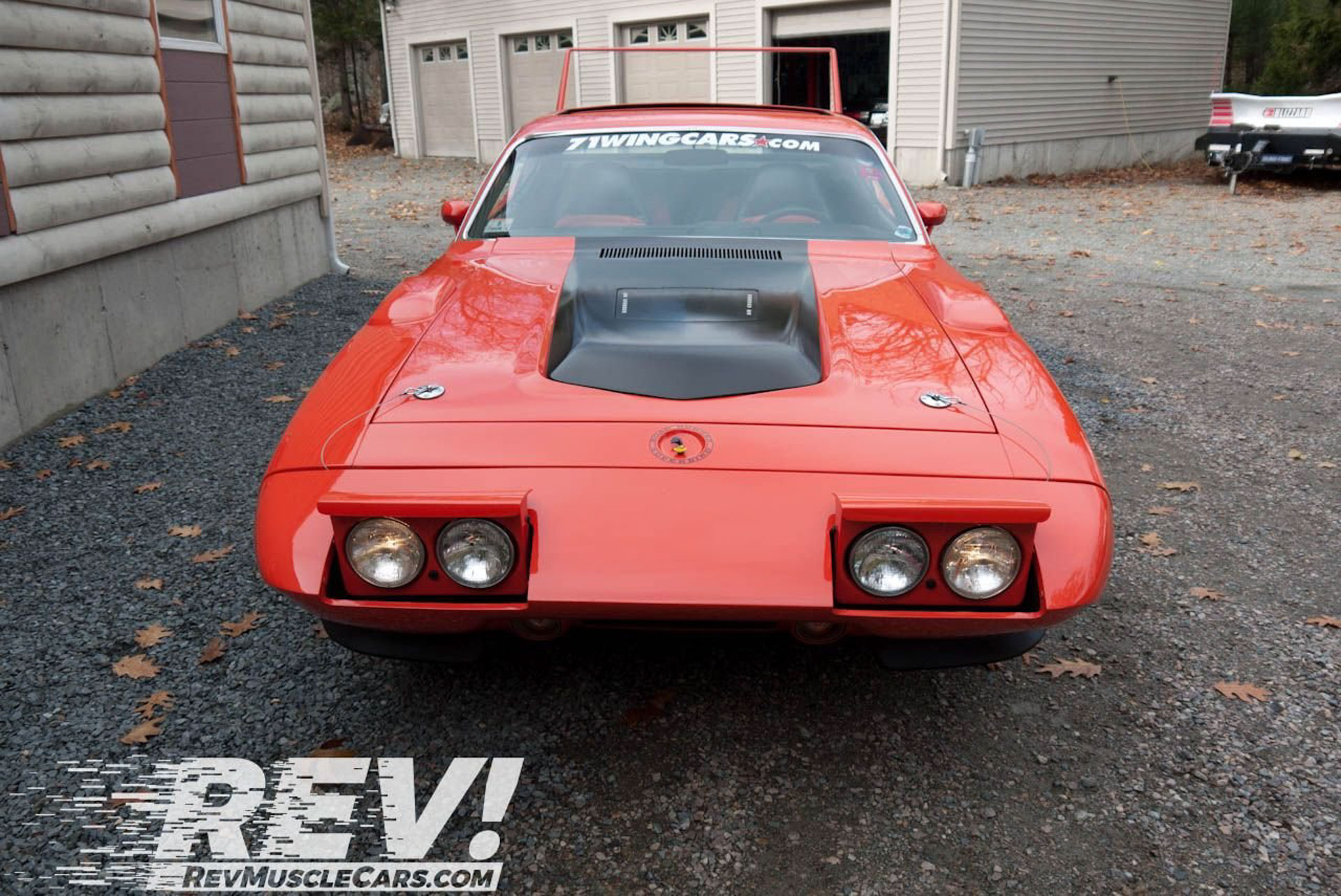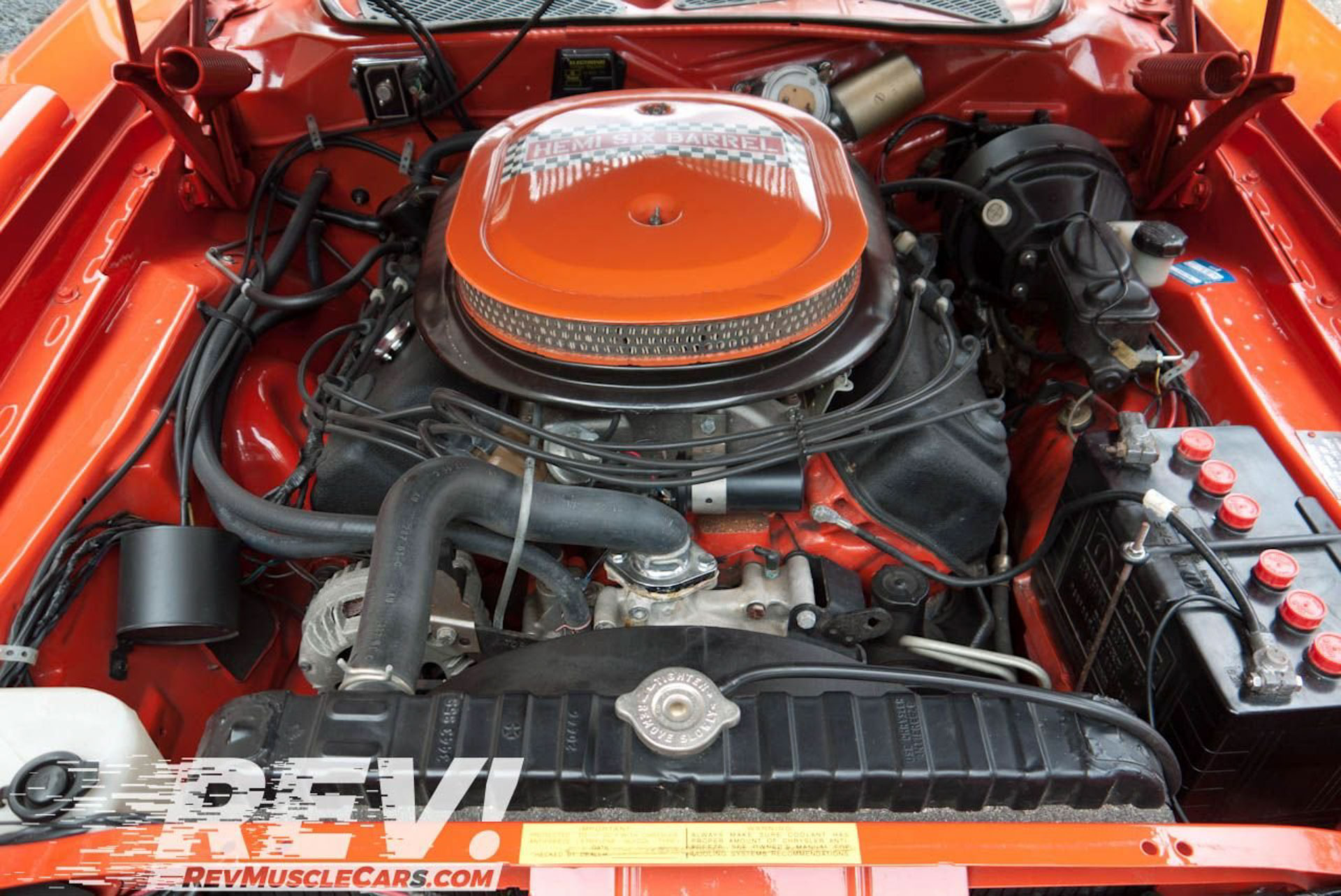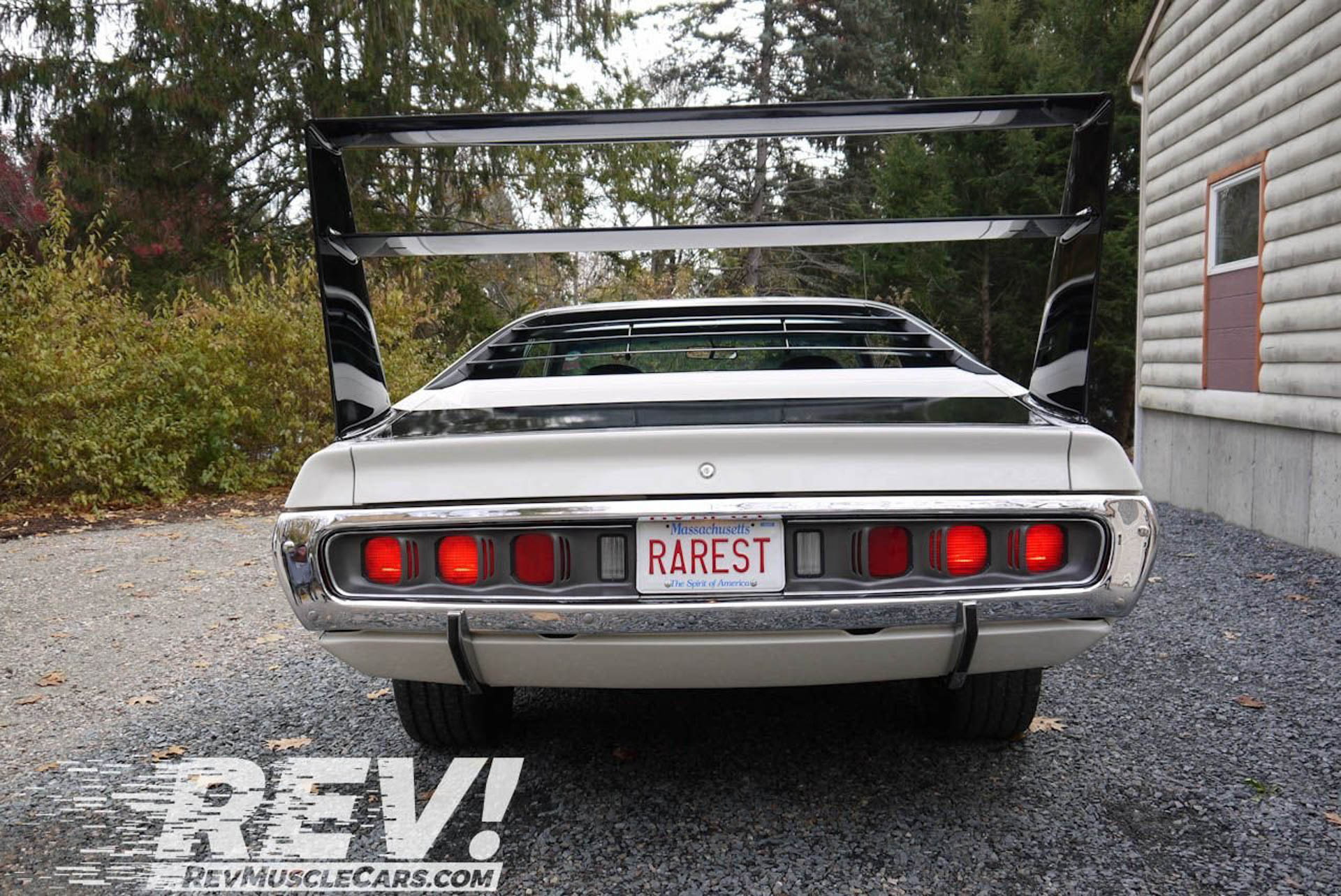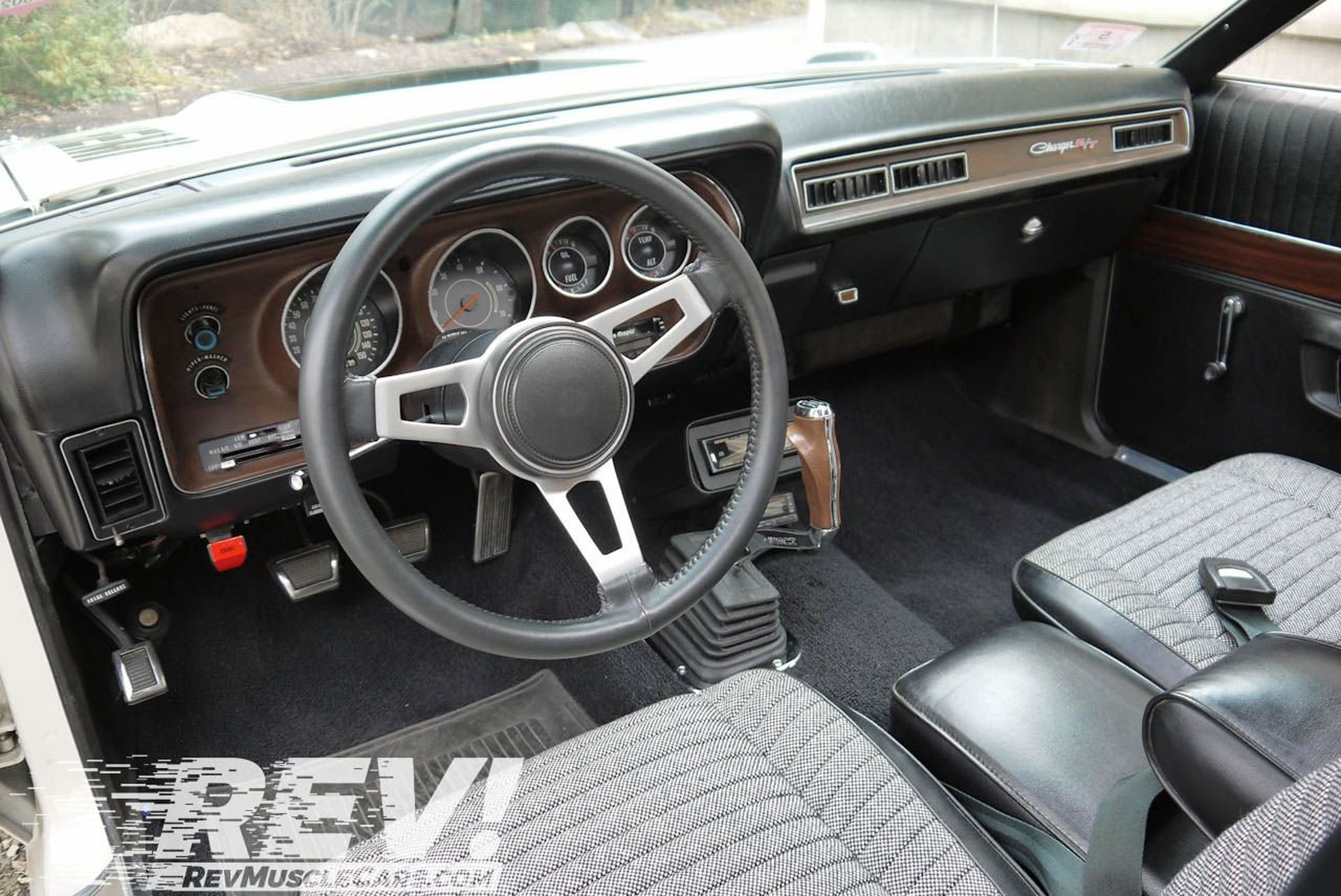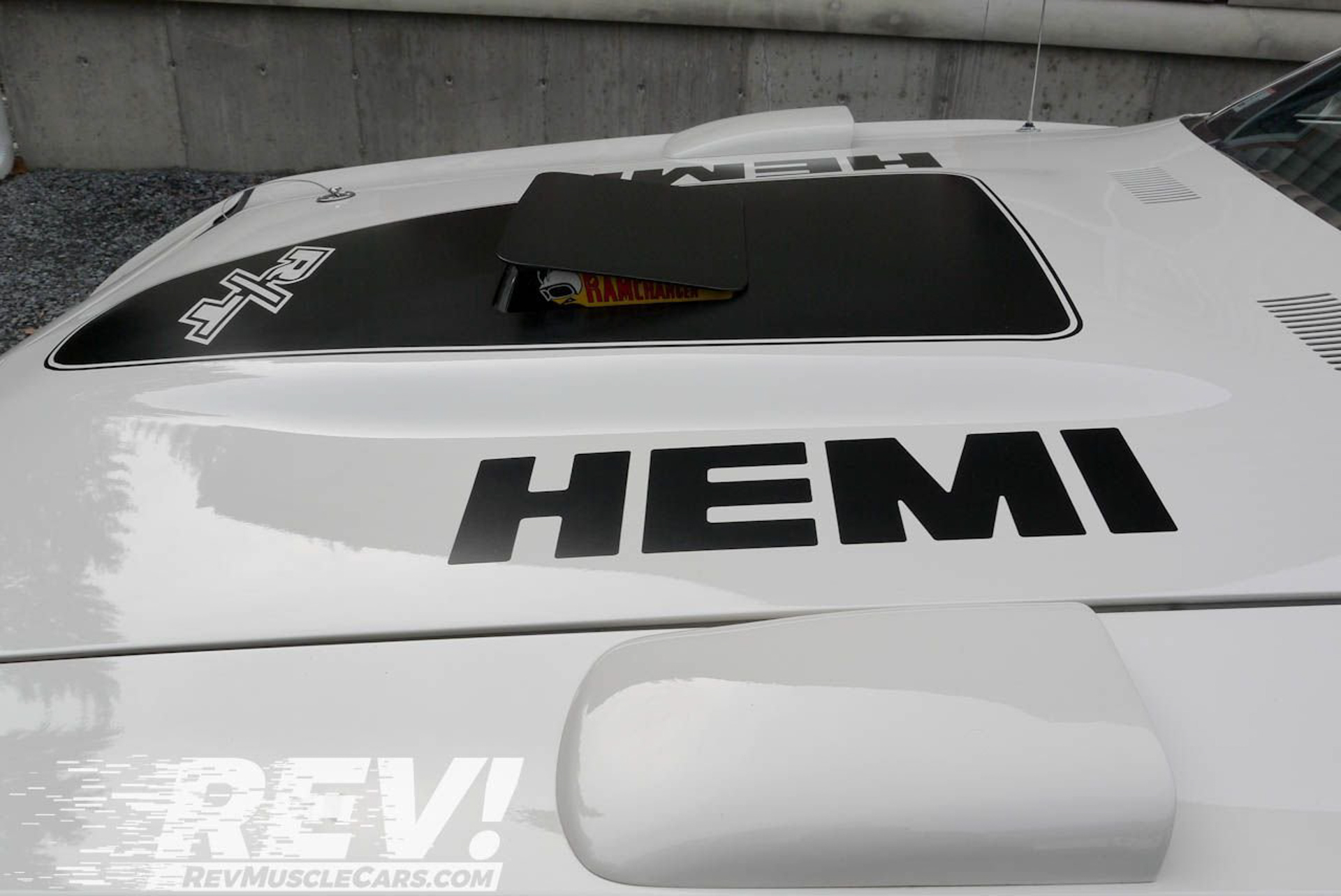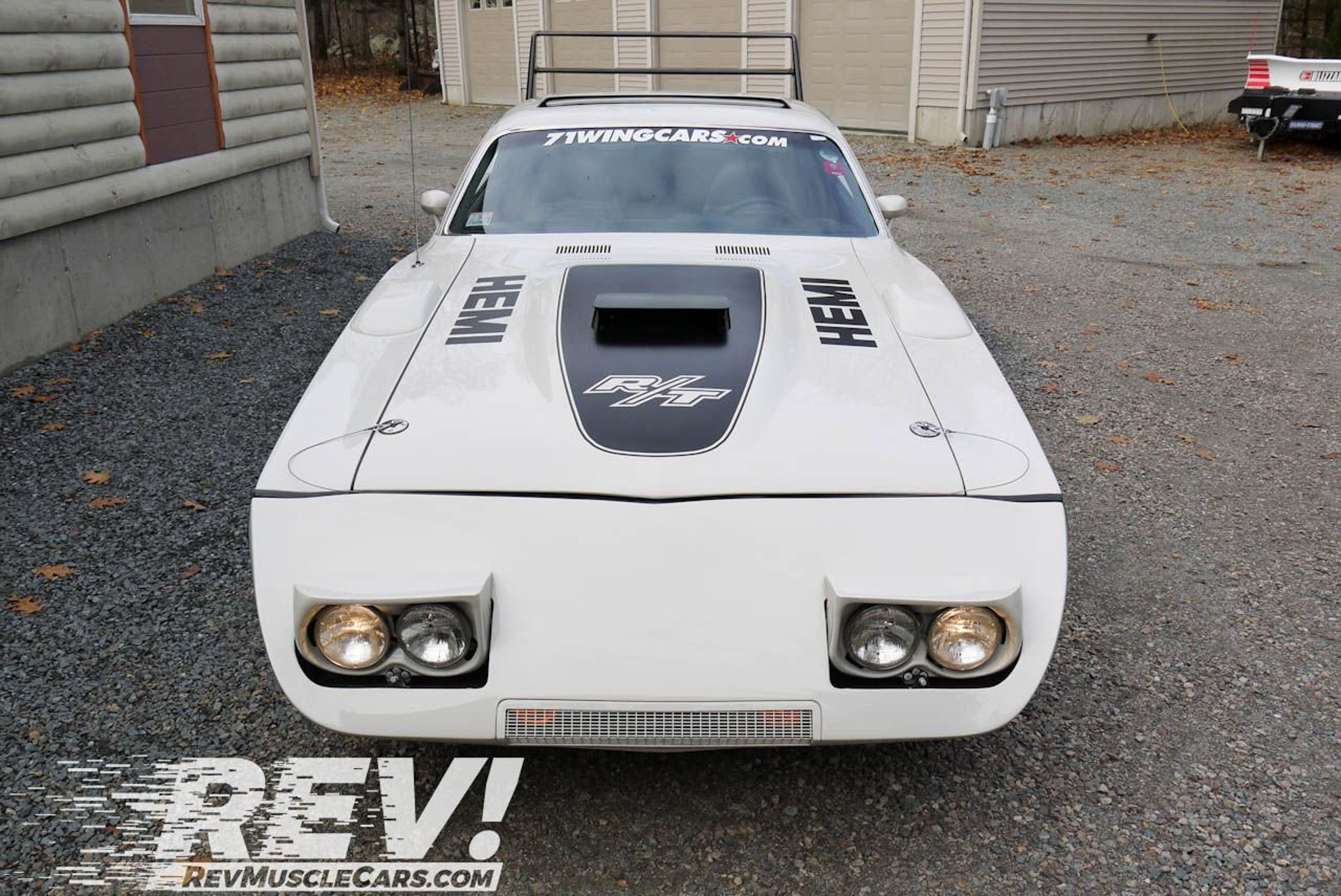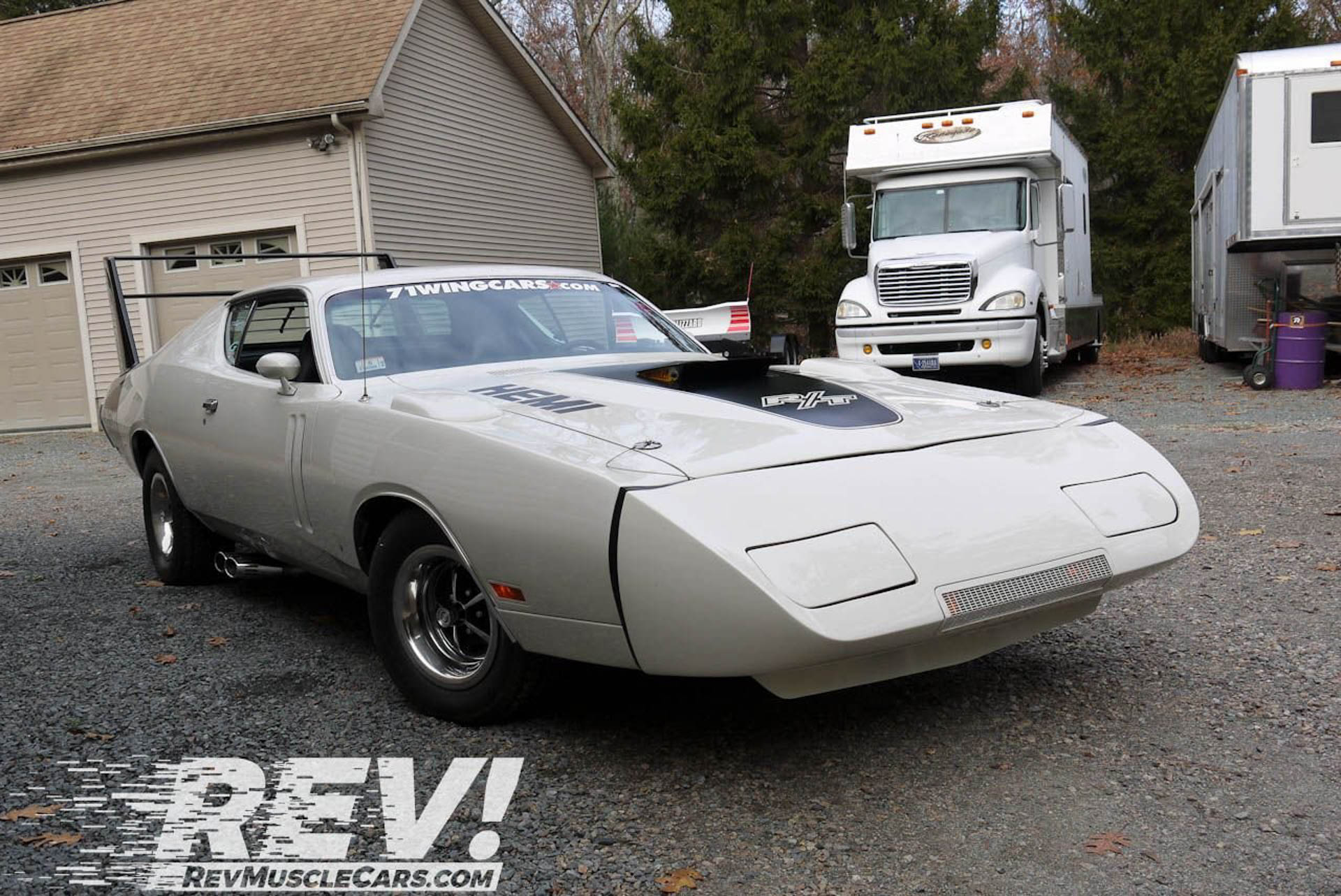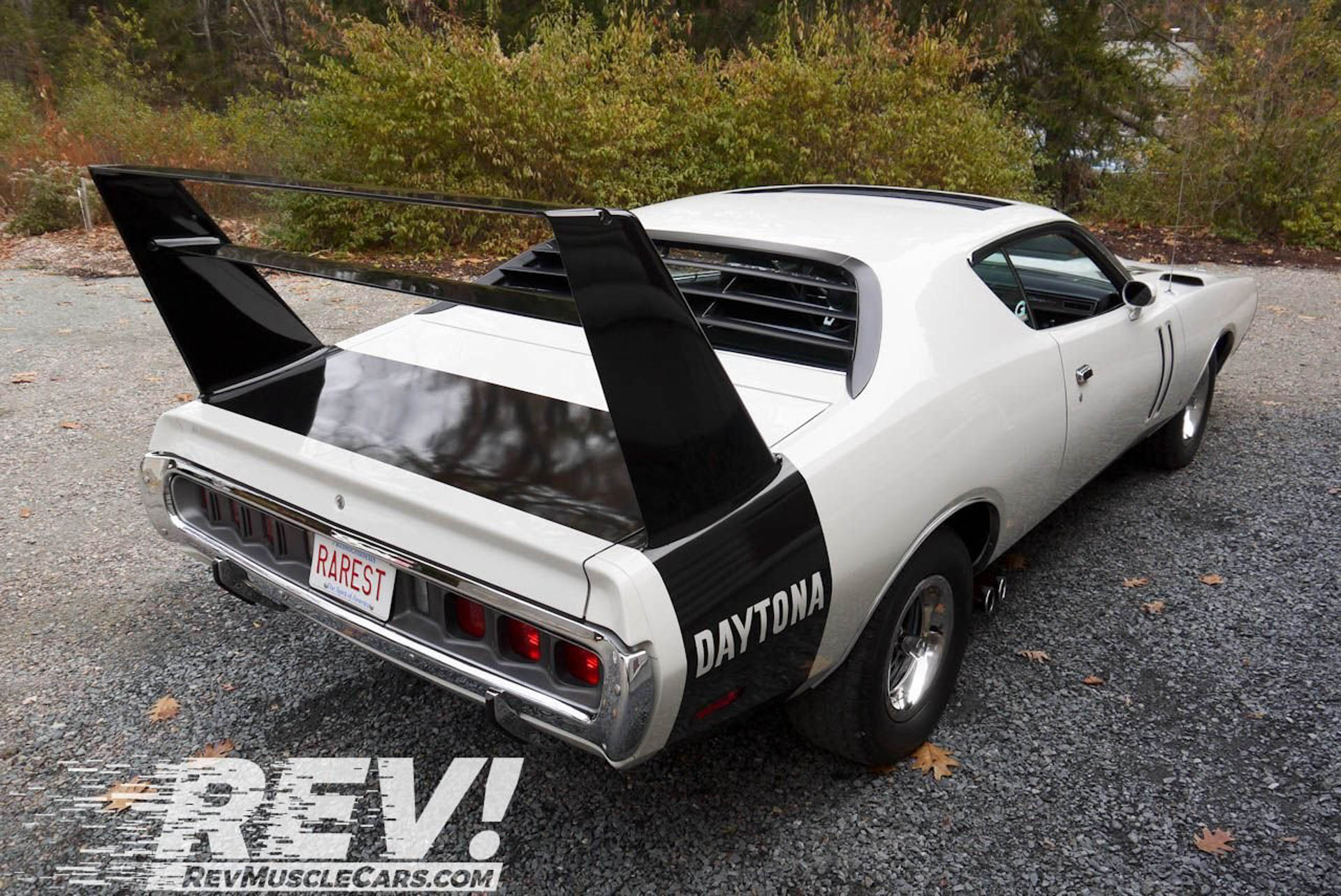More than half a century after they pounded an oval in anger, the Dodge Charger Daytona and Plymouth Superbird are still the most recognizable of all NASCAR machines.
They weren’t the only cars to employ aerodynamic aids, but they did push the technology further than any rival, and with spectacular results. A Daytona was the first NASCAR racer to lap a track at more than 200 mph (322 km/h), and together the pair dominated the 1970 season to bag the title for Chrysler.
But fearful that speeds and budgets were getting out of control, NASCAR’s Bill France decided to clip the wing cars’ feathers. He announced that any machines running aero aids would be limited to V8s no bigger than 305 cu-in (5.0-liter), effectively killing the wing cars dead.
Chrysler hadn’t yet built complete 1971-spec cars when France spoiled the spoiler fun, but it had performed tests on 3/8th scale models of the all-new ’71 Dodge Charger and Plymouth Road Runner B-body coupes. Armed with that information, and guidance from aerodynamicist Gary Romberg, a key part of the Chrysler race effort, Mopar fans Gary and Pam Beinke built two cars showing how the stillborn racers would have looked.
Related: The Forgotten NASCAR Aero Cars Stuck In The Daytona/Superbird’s Shadow
Though the concept Chryslers appear similar at first glance, they have different sheetmetal and different spoilers front and rear. The Road Runner’s squared-off arches tie in better with its perkier nose cone, the Charger’s round arches and drooper nose making it look more awkward. But the Dodge fights back with a cool double deck spoiler.
I’d be interested to know which version performed better in aerodynamic tests, but what’s unarguable is that though both cars look outrageous, the wings are far better suited to Chrysler’s fuselage-style 1971-74 B-bodies than their ’68-70 predecessors.
The cars were actually built over a decade ago, but are currently up for sale for $325,000 each on Revmusclecars. Both the Charger and Superbird (click for links to each advert) are fitted with 472 cu-in (7.7-liter) versions of Chrysler’s legendary 426 Hemi equipped with a trio of two-barrel carbs and sending the resulting 570 hp (578 PS) to the rear wheels through five-speed Tremec manual transmissions. Chrysler never offered a six-pack Hemi in period, but the seller claims the idea had been proposed for the stillborn ’71 cars.
Sadly, Chrysler was never able to follow through on its plans, although with Richard Petty’s help it managed to win the 1971 season without wings anyway. But thanks to the Beinke’s hard work we’re able to at least get an idea of what might have been an epic sight on America’s ovals.




